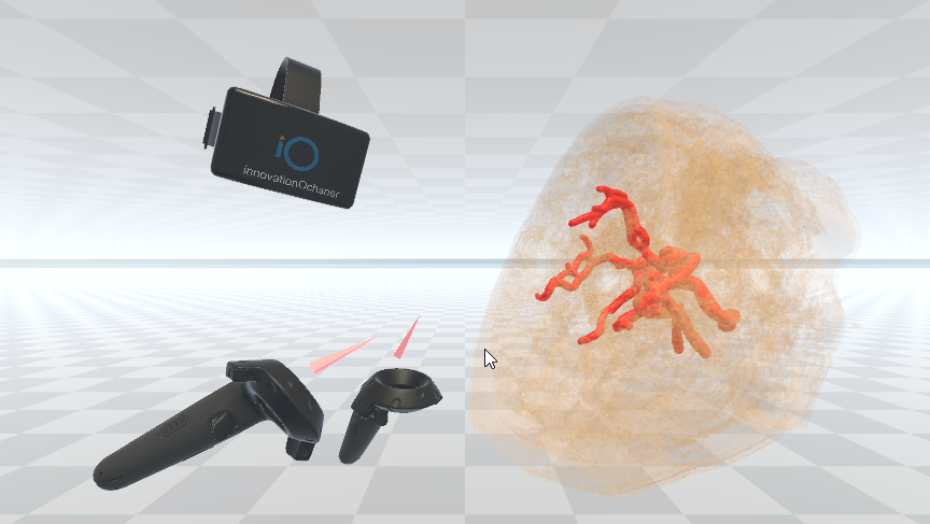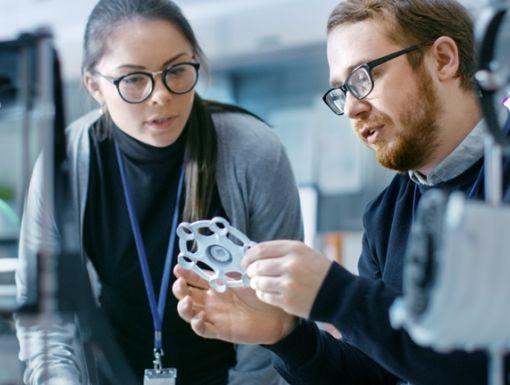
Augmented Reality, Virtual Reality and Medicine
What are Immersive Technologies?
Immersive technologies, aka mixed reality, refer to technologies that augment and/or replace the physical world with a digital or simulated world, thereby creating a sense of immersion, for example: Augmented Reality (AR) and Virtual Reality (VR).
Augmented Reality (AR) vs. Virtual Reality (VR)
Augmented Reality is when a computer-generated image is overlaid into the view of the natural environment. A great example of this is Pokemon Go. Virtual Reality is a computer-generated depiction of a completely immersive and novel environment.
Over the last few years, AR and VR have begun to be utilized as innovative tools for healthcare delivery. Medicine is undergoing a dramatic transformation which demands novel approaches to healthcare. AR and VR are a few of the new tools that can help deliver next generation care.
Have you ever received an MRI or CT and had a hard time understanding the information? It can take nearly a decade of post-collegiate schooling and training to become proficient at reading medical imaging. Advanced medical visualization techniques like AR and VR can help to bridge that gap in experience and training.
Imagine how much easier it would be to understand your scans if your physician not only explains your results to you with words, but shows you a three-dimensional rendering on a computer screen. Or better yet, one can completely immerse themselves in a VR environment with a 3D rendering of your specific scan that can be scaled larger, manipulated externally and even explored internally.
Tools like these bridge the information asymmetry inherent to medicine. Moreover, these tools allow patients to better understand their diagnosis and facilitate engagement in their treatment.
VR and AR can help current physicians with surgical planning while also help train the next generation of clinicians. Think of how helpful it could be if a heart surgeon could actually look at a three-dimensional rendering of a patient’s heart before surgery and virtually enter into one of their defective blood vessels or heart chambers.
The rendering below shows the power of VR and what can already be done by using these computer-generated environments. AR has the potential to be used during procedures and surgeries giving physicians and medical trainees perspectives not available before.
Leading the Way
Ochsner’s medical 3D (Om3d) lab began with the goal of improving access to medical data for patients and clinicians. The lab leverages multiple platforms like additive manufacturing (3D printing) and immersive technologies to facilitate patient education, enhance medical training and improve clinical care delivery.
Immersive technologies offer the benefit of allowing for rapid and lean development in life science where innovation is traditionally slow and capital intensive. With the support of Innovation Ochsner and our local Virtual and Augmented Reality eco-system, New Orleans is quickly becoming a Medical Simulation, Modeling, and Additive Manufacturing leader.

